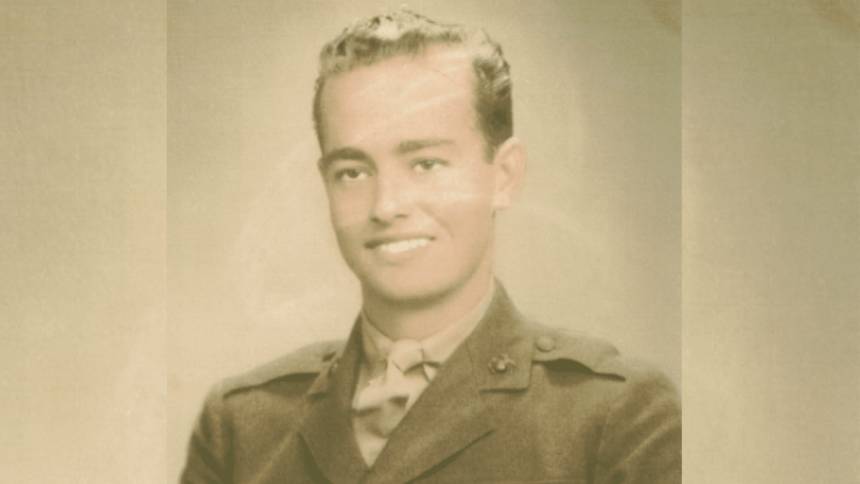The remains of a fallen World War II soldier hailing from the state of Mississippi will be returning to the Pine Belt for burial next week.
Marine Corps Sgt. Harold Hammett was killed in action at age 24 in 1943. His remains were not accounted for until nearly 80 years after his passing. Now, Hammett is set to be buried in Hattiesburg on Wednesday.
Originally born in Avery, Sgt. Hammett enlisted in the U.S. Marine Corps in San Francisco, Calif., in 1940. By November 1943, Hammett was a member of L Company, 3rd Battalion, 2nd Marine Regiment, 2nd Marine Division, Fleet Marine Force, which landed against stiff Japanese resistance on the small island of Betio in the Tarawa Atoll of the Gilbert Islands, in an attempt to secure the island.
Over several days of intense fighting at Tarawa, approximately 1,000 marines and sailors were killed and more than 2,000 were wounded, while the Japanese were virtually annihilated. Hammett is believed to have been killed while his unit attempted to secure Red Beach 2. 
In 1946, the 604th Quartermaster Graves Registration Company centralized all of the American remains found on Tarawa at Lone Palm Cemetery for later repatriation. However, almost half of the known casualties were never found. No recovered remains could be associated with Hammett, and, in November 1949, a Board of Review declared him “non-recoverable.”
Unknown remains designated X-247 were recovered from Cemetery 11, along with Unknown X-251. Initially, these remains were considered to possibly belong to Sgt. Hammett, but at the time an association could not be made. The remains recovered were interred in the National Memorial Cemetery of the Pacific, also known as the Punchbowl, in Hawaii.
In late 2017, X-247 was disinterred from the Punchbowl and transferred to the DPAA Laboratory for analysis and identification.
To identify Hammett’s remains, scientists from DPAA used anthropological analysis, as well as circumstantial and material evidence. Additionally, scientists from the Armed Forces Medical Examiner System used mitochondrial DNA analysis.
Hammett’s name is recorded on the Courts of the Missing at the National Memorial Cemetery of the Pacific along with the others still missing from World War II. A rosette will be placed next to his name to indicate he has been accounted for.
The fallen soldier’s burial will take place on Friday at Roseland Cemetery, beginning at 2:00 p.m.








